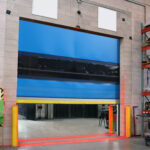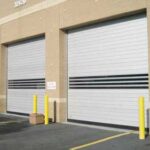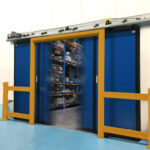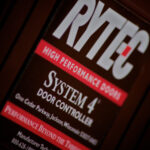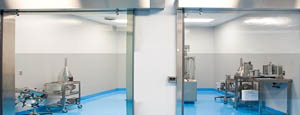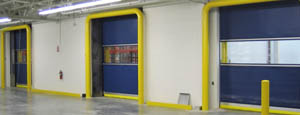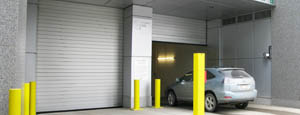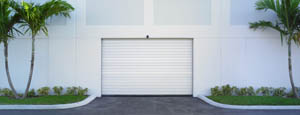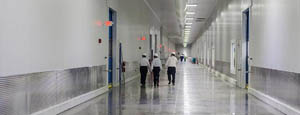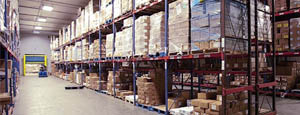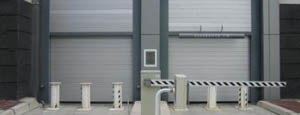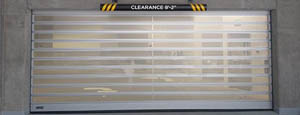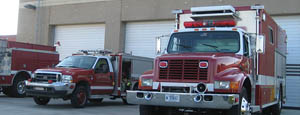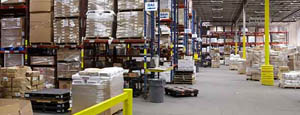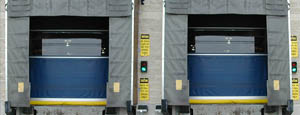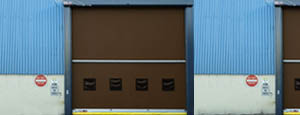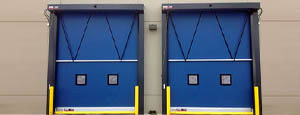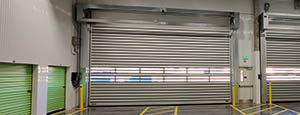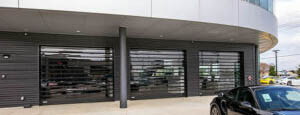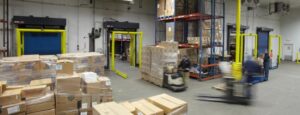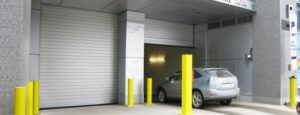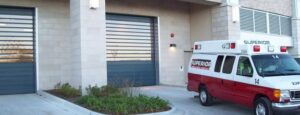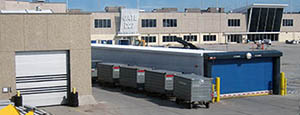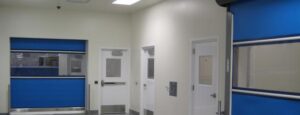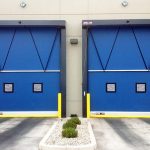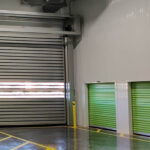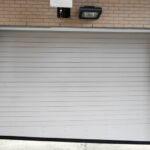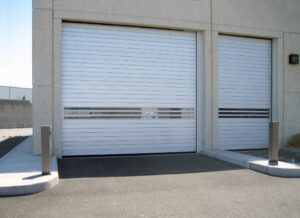
In some facilities, high-performance doors must open and close hundreds of times per day. That’s a significant potential source of energy loss, especially in northern climates where the external temperature can vary by over 100 degrees between summer and winter.
High-performance doors are specially engineered to meet the toughest environmental challenges to keep inclement weather outside in cold weather conditions.
Benefits of high-performance doors in cold temperatures
Fast opening and closing speeds. Speeds up to 100 inches per second minimize the amount of time that the interior of the building is exposed to the outside elements. This helps keep the inside at a comfortable temperature.
Limited air incursion. High-speed doors reduce air exchange between comfort-controlled interior environments and the cold weather outside. This is especially important in areas of the country that experience sub-zero temperatures during the winter months.
Energy savings. High-performance doors are manufactured with energy-efficient materials, such as insulated panels, that have a high R-value. This thermal feature helps them to minimize energy loss when they’re closed.

Tight seals. Specially designed seals on the sides and bottom of high-performance doors form a tight seal when the door is closed. This protects against cold weather and helps to prevent frost and ice build-up around doorways. Effective seals also save you money by ensuring that your building’s HVAC system doesn’t have to work as hard to maintain the building at a constant, comfortable temperature.
3 steps to ensure your high-performance doors are ready for winter
Taking a few small actions today can ensure that your high-performance doors will help you keep your facility warm during the deepest cold of the winter season:
1. Ensure the door functions properly. Before cold weather strikes, make sure your door operates smoothly and doesn’t need any maintenance. This will prevent you from having to complete repairs during the coldest months of the year.
2. Make sure the door closes properly. Test the door to ensure it closes quickly and fully to prevent cold air from coming in from the outside.
3. Check door seals. Inspect the sides and bottom edges of the door for any damaged or missing seals. Replace or repair them as needed.
Be prepared for cold weather
If your facility still uses older sectional or panel doors, it’s time for an energy and efficiency upgrade. Contact us today to discuss your needs.

